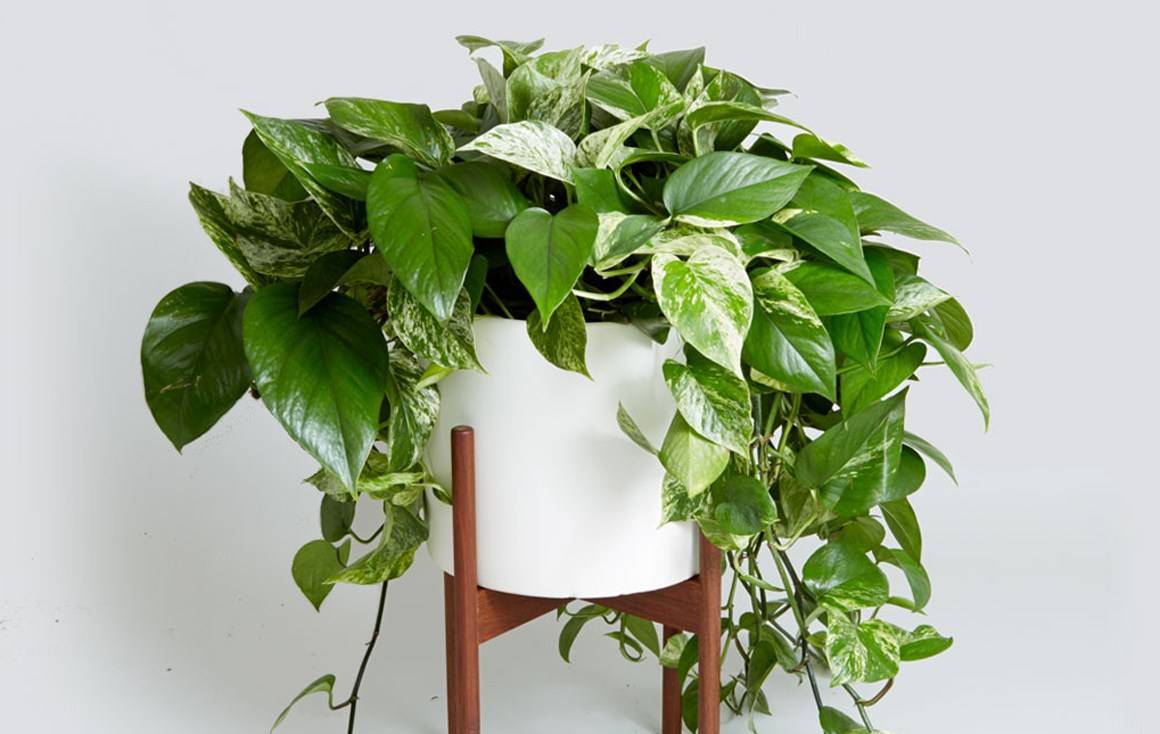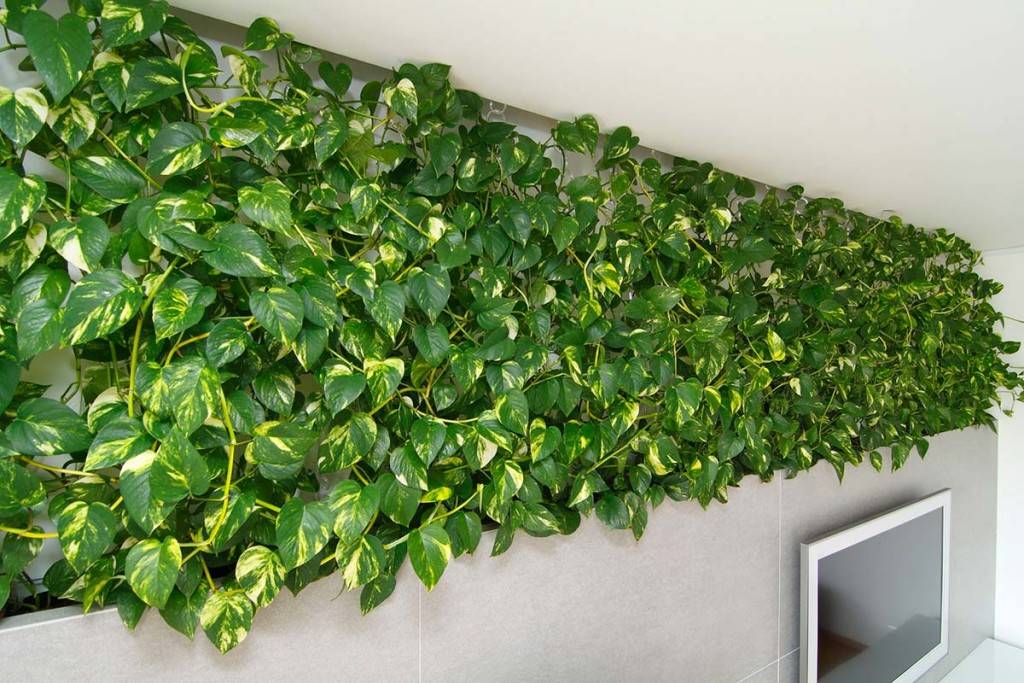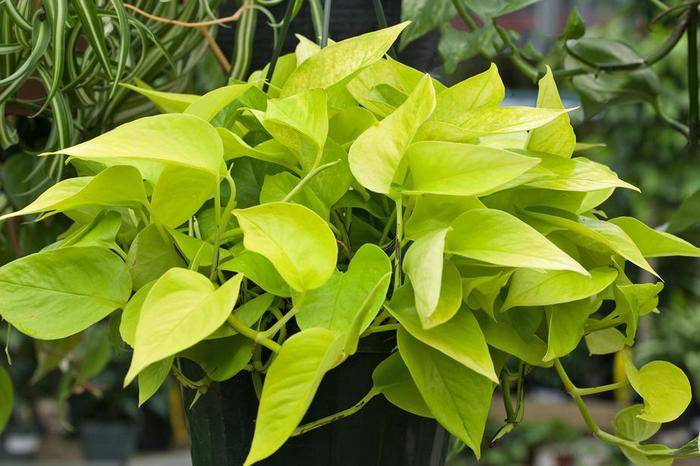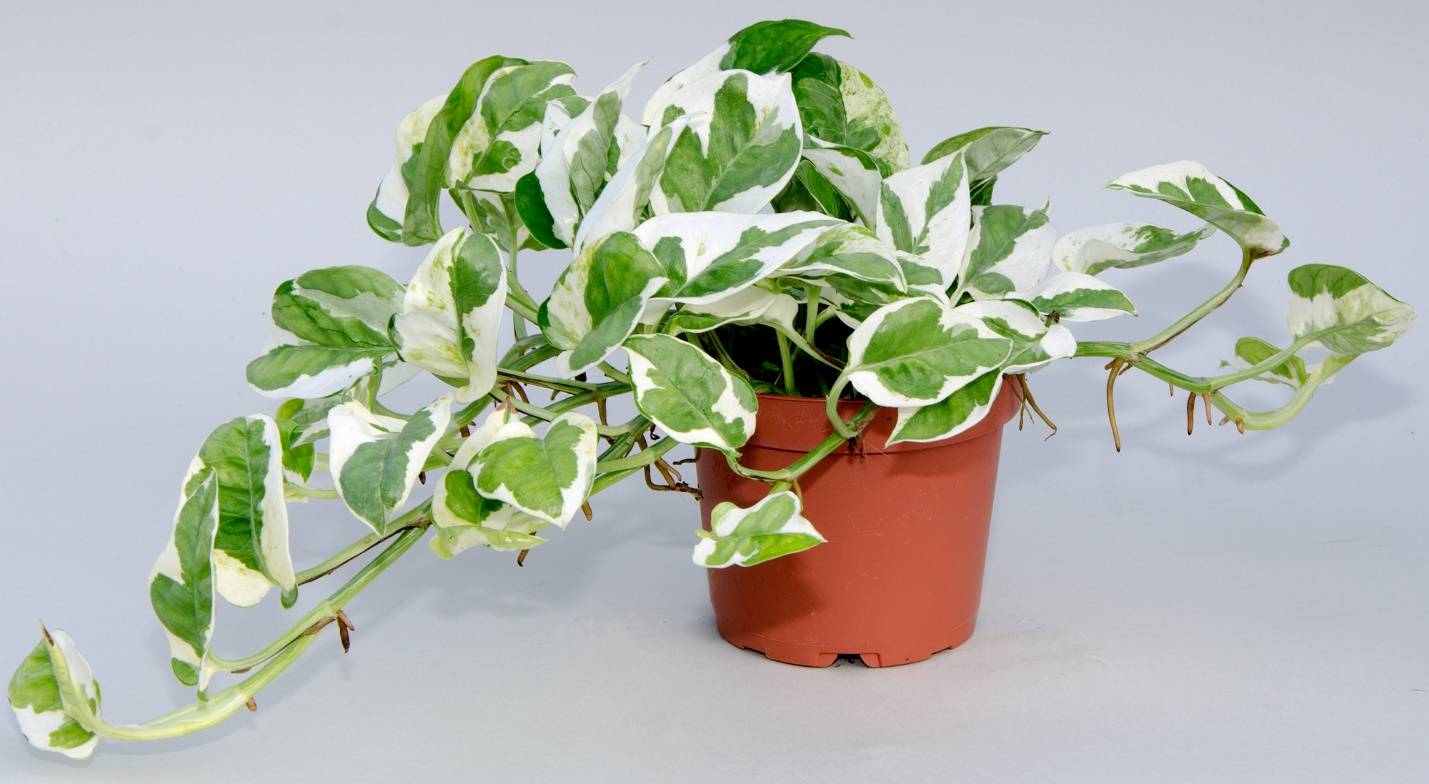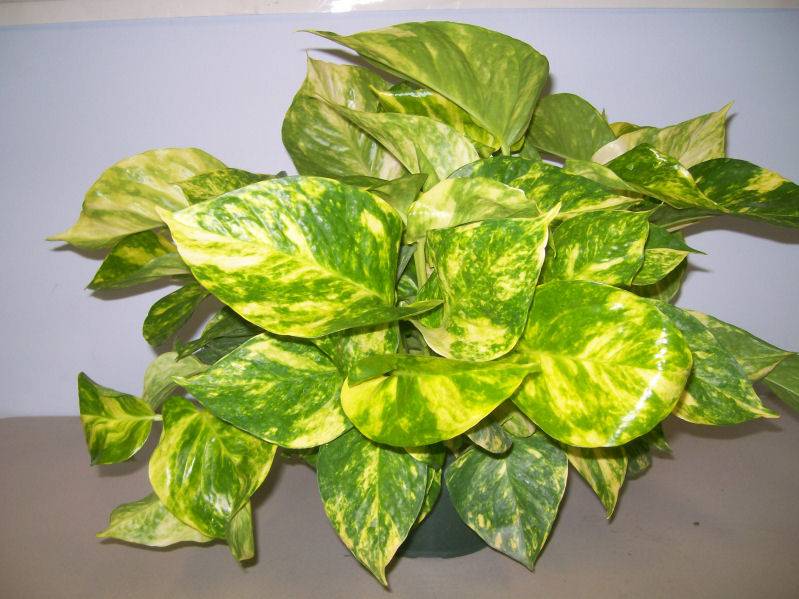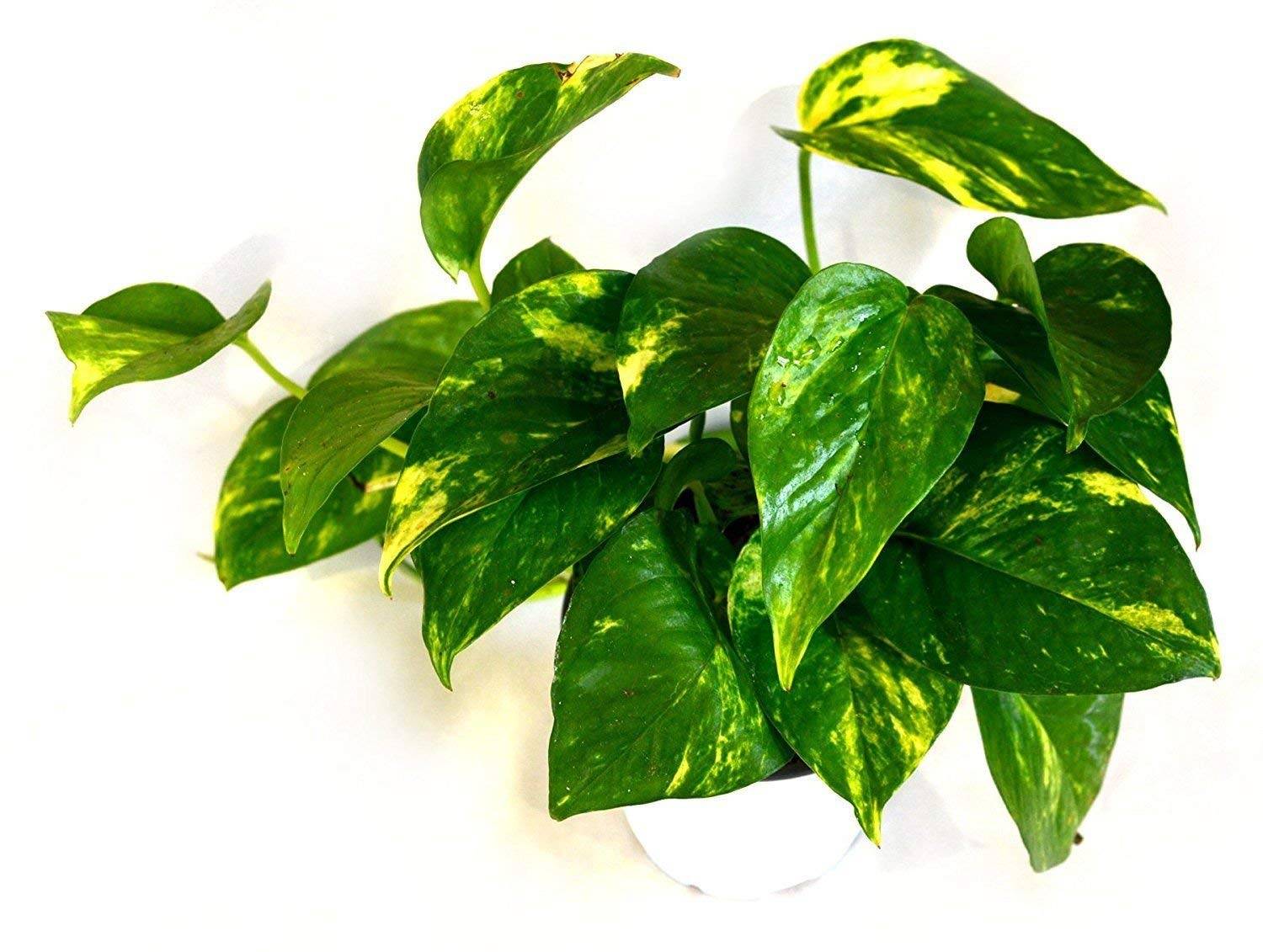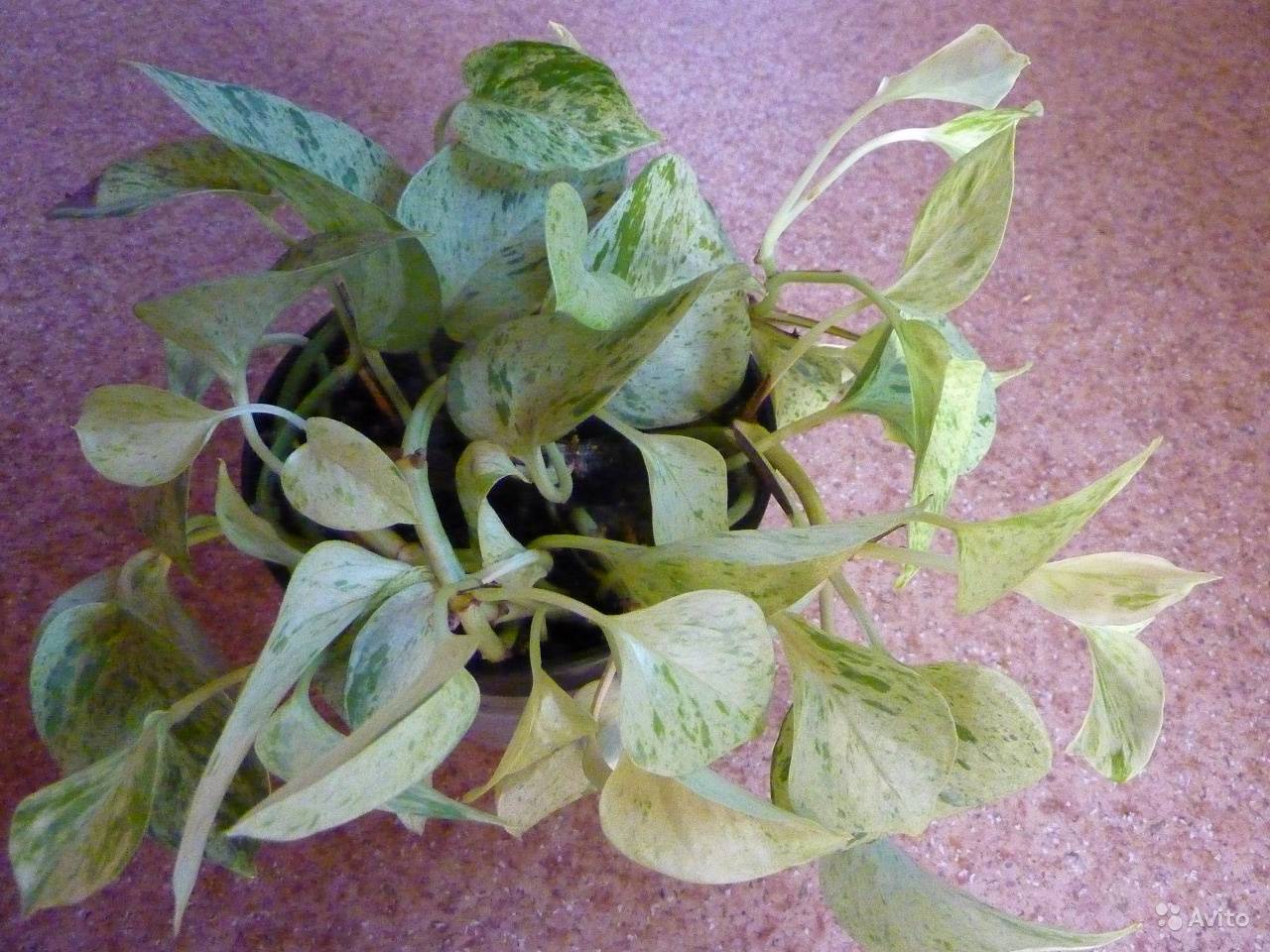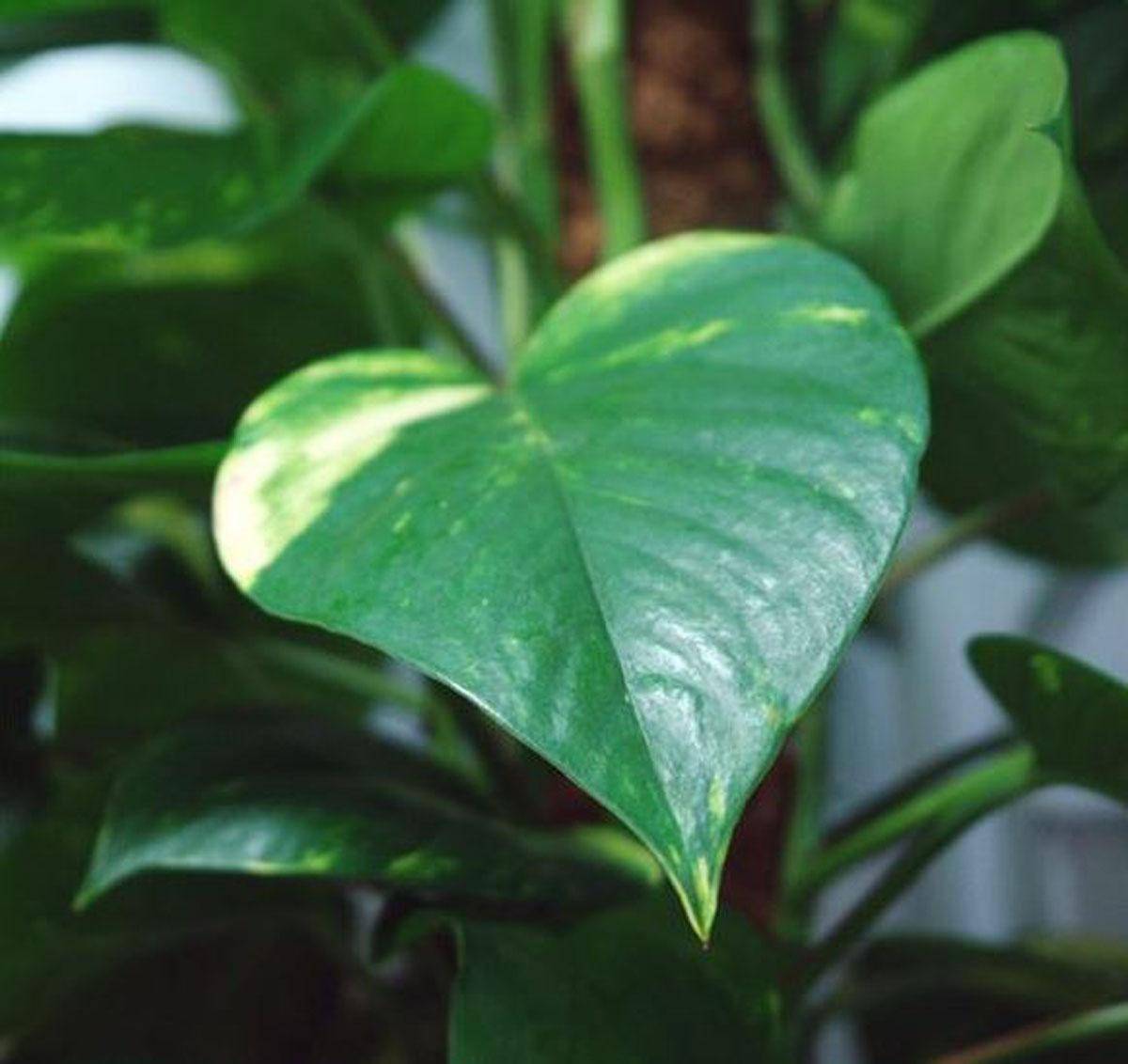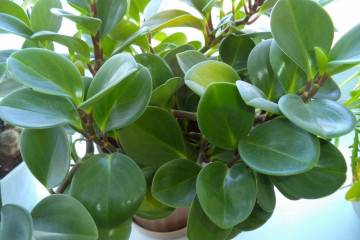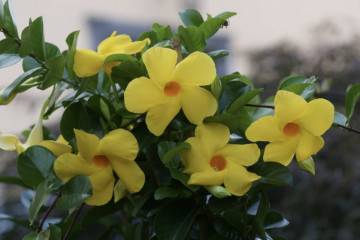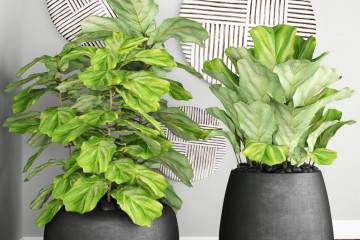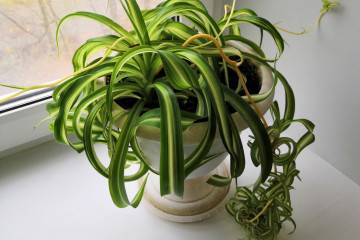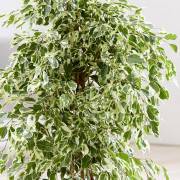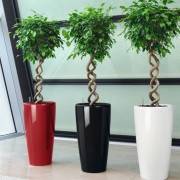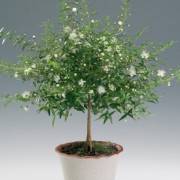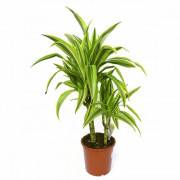Epipremnum golden - home care
Content:
A beautiful and fairly easy-to-care vine under the mysterious name epipremnum is a frequent visitor to window sills in apartments and shelving in offices. Her graceful and bright foliage decorates the interior, and also purifies the air - for this she is loved most of all.
What does golden epipremnum look like?
Perennial herbaceous vine - golden epipremnum (Epipremnum aureum) belongs to the Aroid family (Araceae), in which there are only about 30 species. Other names are used in the literature: scindapsus, potos. The lashes of this half-plant, depending on the variety, are capable of stretching up to 30-40 m in length.
Large, heart-shaped leaves have a tough fleshy texture and a glossy surface. In descriptions, the coloration ranges from dark green to yellow. The leaf is literally dotted with multi-colored spots and stripes. It is extremely unpretentious and undemanding in care, which made the plant desirable in office interiors.
Of all the varieties of epipremnum, it is golden that is considered the best for growing at home. It is known that the history of its cultural cultivation exceeds a hundred years.
The origin of the vine is controversial, since the wild predecessors of modern cultivars grow in the tropical forests of India and Southeast Asia, but are also found in Northern Australia.
Novice flower lovers are always interested in the question, is it a poisonous plant or not? Experts say that each part of the epipremnum is poisonous, so it is worth working with it carefully, and then washing your hands thoroughly.
If there are pets in the house (cats, dogs, etc.), then the creeper should be discarded. They love the plant for its exceptional ability to purify the air, as confirmed by NASA research. Leaves absorb xylene, benzene and formaldehyde from the air.
Epipremnum - home care
The undemanding epipremnum still requires some attention from the owner, which invariably has a positive effect on its decorative effect. A regular pot and a hanging one will do.
Temperature
During the warm season, the optimum temperature for liana is in the range of + 18-24 ° C. In winter, the previous regime is suitable, or a slight decrease to + 16-17 ° С.
Lighting
The western and eastern windows are best suited for the epipremnum flower. But in general, he prefers diffused bright light. The brighter the color of the foliage, the higher the need for sun.
Watering
In summer, the pot can be watered every day, the vine literally "drinks" the water. In the spring and autumn, weekly watering is sufficient. In winter, the regime is even more rare - once every 9 days, when the soil is completely dry in the pot.
Spraying
For most of the year, the plant does not require foliage moisture, even when heating radiators are working, which dry out the air. In summer, liana is sprayed when the air temperature rises to + 22 ° C and above.
Humidity
The optimum air humidity for liana is 60%, but fluctuations in the range of 40-80% for it pass without negative consequences. For this reason, it is perfectly acceptable to place the pot in the kitchen.
Soil for epipremnum
The main requirements for the soil substrate:
- breathability;
- abundance of nutrients;
- acidity at pH = 5.5-6.0.
Top dressing
Only in spring and summer, every month, the vine needs to be watered with a fertilizer solution. Sell it in specialized stores in dry or liquid format, marked "for vines".
Pruning
The optimal time is spring. The goal is to give the plant a more lush bushy shape. If this is not done, then only one infinitely long lash will grow from the root. The longest shoots are cut in half.
Transfer
The ideal time is April. Young people need to renew the soil every year, and from 5 years old - once every 3 years is enough. It is known that the growth rate of the root ball in the epipremnum only decreases with age.
When and how golden epipremnum blooms
At home, epipremnum does not expel flowers. The main reason for the lack of flowering is youth.
An adult plant expels cobs 5-6 cm long from the leaf sinuses.
How golden epipremnum multiplies
Spring pruning gives a lot of planting material, which is what florists use. The seed method is not used, since epipremnum does not bloom at home, and seeds cannot be found on sale.
Propagation by cuttings
The cut part of the shoot tip with 3-4 leaves can be rooted in water or clean sand. As soon as the stalk gives roots (2-4 weeks), it can be immediately planted in a pot.
Growing by layering
An extremely short stalk is called a layering, on which there are only 1 or 2 leaves. Most of all, a mixture of peat with moss is suitable for its rooting. It is filled into a small container (up to 0.5 l) and must be covered with a transparent cap on top to create greenhouse conditions. Optimal conditions for growing roots are at + 22 ° C.
Escape division
Any available epipremnum shoot can be used for propagation. It is divided into parts, each of which should have 3-4 leaves, after which each piece is rooted in the usual way.
Possible growing problems
Usually, the owner does not have any trouble with the vine, but it is, of course, defenseless before the invasion of insects.
Pests
Vines can be harmed by:
- mealybugs;
- red spider mites;
- scabbards.
Their appearance is signaled by:
- yellowing of the leaf by areas;
- deformation of sheet plates;
- red spots;
- rolling leaves.
Pest control is as follows:
- Dilute a soapy solution and wash all the leaves with it.
- Rinse the liana under a warm (not hot!) Shower.
- Spray with a solution of karbofos (15 drops per 1 liter of water).
As a preventive measure, regular rubbing of the foliage (every month) with onion infusion (1 tsp chopped onion per 1 glass of water - leave for 24 hours) helps.
Other problems
Leaves may turn yellow and crumble due to lack of light. At first, the leaves will shrink and turn pale, and the trunk will stretch out without overgrowing with foliage.
At the same time, an excess of bright sunlight can cause burns on the leaves.
A black and brown border on the leaves is a symptom of excessive moisture when kept cold (a typical picture for winter time). The plant does not like drafts very much. With a lack of watering, the foliage wilts, and with an excess, the roots rot.
Types of golden epipremnum
- Neon
This variety has elongated spear-shaped foliage, characterized by a bright lemon shade.It grows quickly, so frequent pruning is a necessary maintenance measure.
- N'Joy
Epipremnum with a compact crown. Leaves 5 cm wide and 8 cm long are very fleshy, dense, with a corrugated texture. The color is bright green with large silvery spots.
- Epipremnum Marble Queen
Home care for her is standard. "Marble Queen" has leaves with a silvery-green color. Of all the varieties, it is considered the most unassuming and fastest growing.
- Golden
Epipremnum variety "Golden Potos" has a bright golden-green color of leaves and stems. An unusually fast growth of shoots is noted, which is ideal for vertical gardening.
- Epipremnum Happy Leaf
It differs from other varieties, perhaps, in the lightest shade of silvery spots. Depending on the lighting, they can almost completely fill the sheet.
- Epipremnum Mosstock
Leaves up to 10 cm in length are light green with chaotic yellow spots and strokes. Traditionally, the variety is formed along a vertical support, twisting around which the crown of the liana acquires a pyramidal shape.
Other varieties of liana are on sale - Epipremnum pinnatum, Scindapsus pictus, Epipremnum silvaticum, and Epipremnum pulchrum. They do not belong to the golden variety.
It is easy to care for epipremnum, and it is even easier to reproduce. A wide selection of varieties with leaves of different shades opens up wide possibilities for vertical gardening in the home and office. Even beginner flower lovers can try to plant a plant at home.
